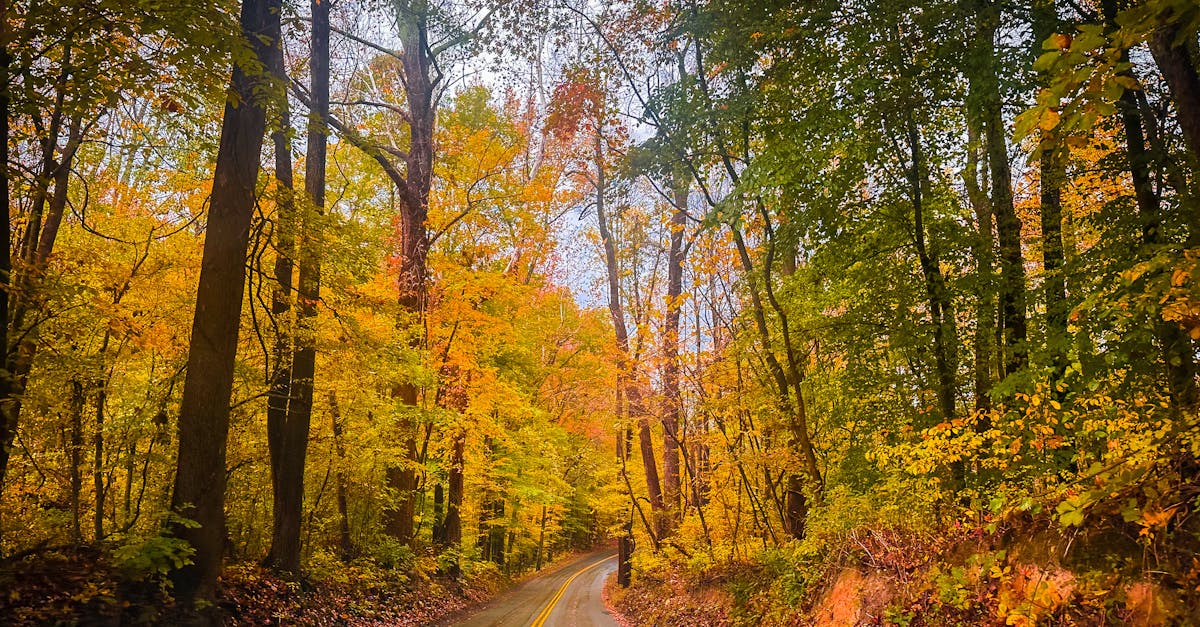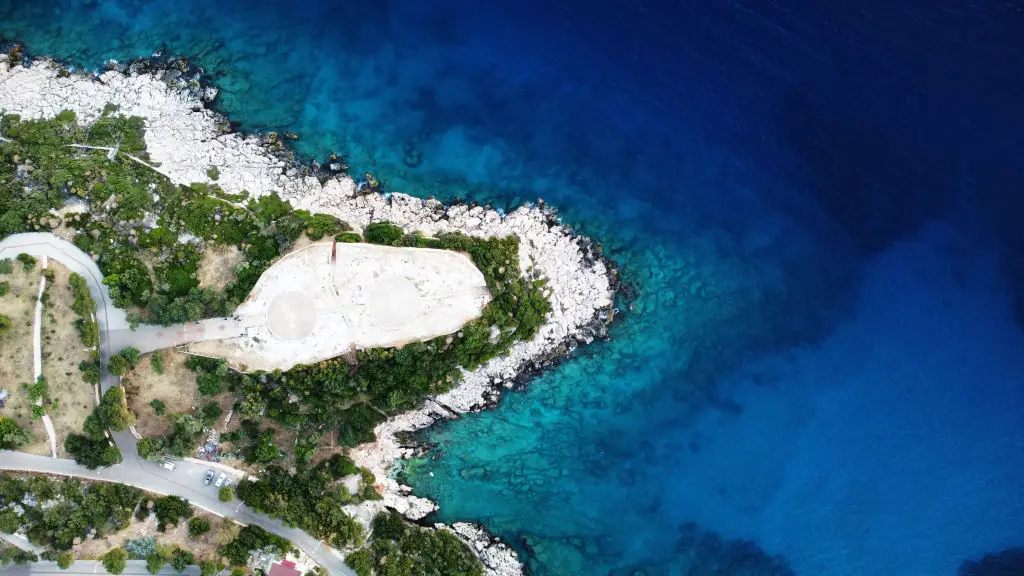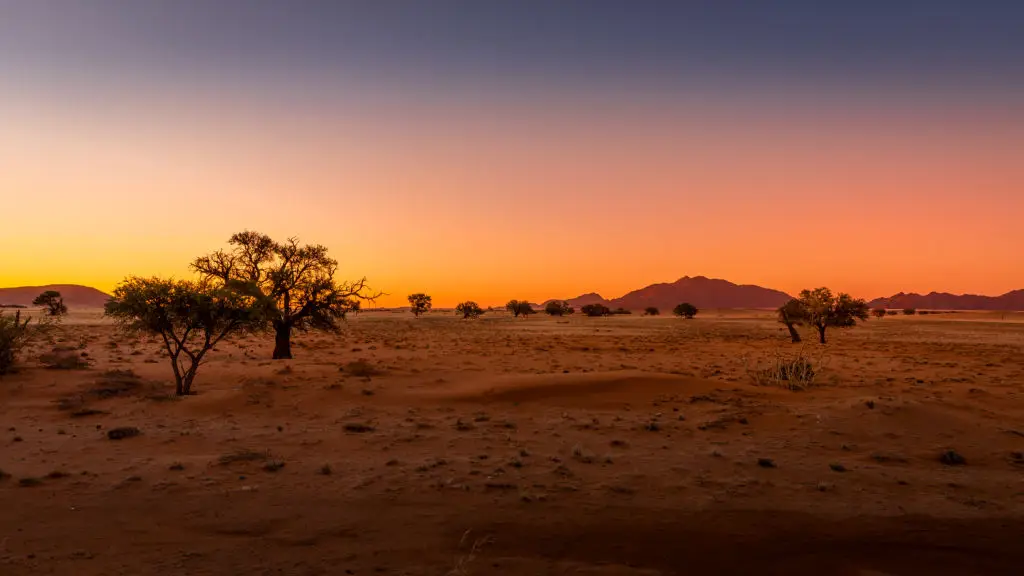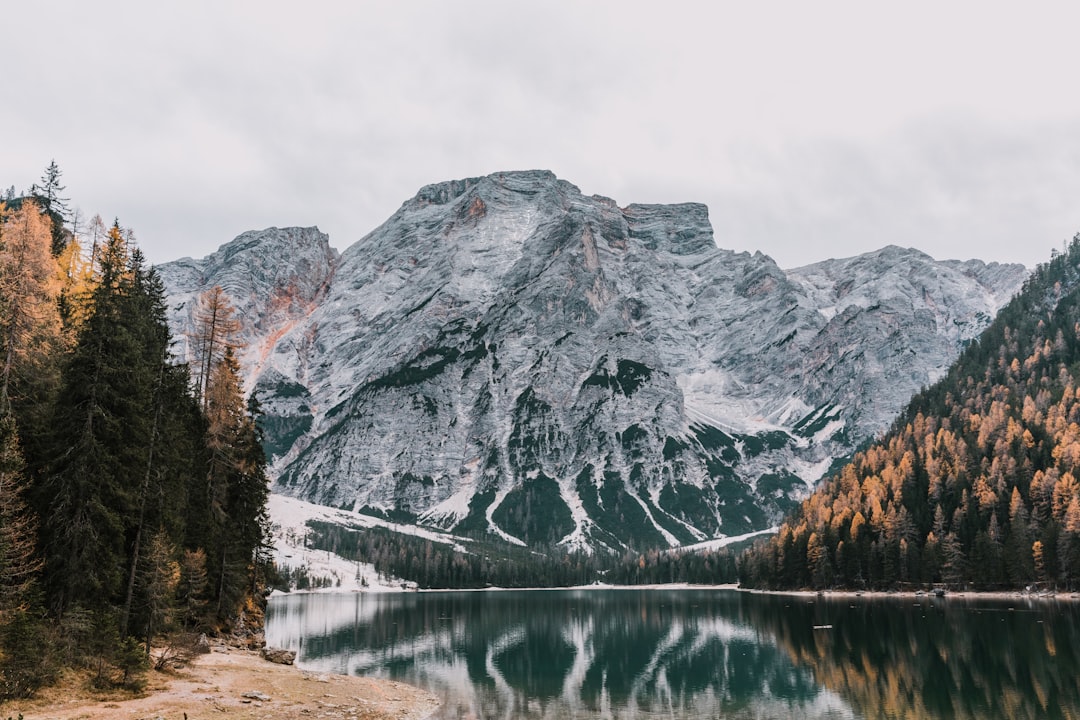10 Ways to Travel Sustainably in a Future-Focused World
In an era where the impacts of climate change are becoming increasingly evident, the travel industry stands at a pivotal crossroads. The need for sustainable travel practices is more pressing than ever, urging both travelers and industry leaders to innovate and adapt. This article embarks on a journey to explore 10 visionary paths that promise to revolutionize the way we travel, with a focus on sustainability and innovation. By embracing these paths, we can ensure that our wanderlust does not come at the expense of our planet's well-being. As we delve into each section, we will uncover how these strategies not only preserve the environment but also enhance the travel experience, offering a future where exploration and conservation go hand in hand. Let's begin!
1. The Rise of Eco-Friendly Transportation

Transportation is a cornerstone of the travel industry, yet it is also one of its largest contributors to carbon emissions. The shift towards eco-friendly transportation is not just a trend but a necessity. Electric vehicles, hydrogen-powered trains, and biofuel planes are leading the charge in reducing the carbon footprint of travel. These innovations are supported by governments and private sectors alike, with investments in infrastructure that support electric charging stations and sustainable fuel production. Moreover, the integration of smart technology into transportation systems is optimizing routes and reducing energy consumption.
2. Sustainable Accommodations: Beyond Greenwashing
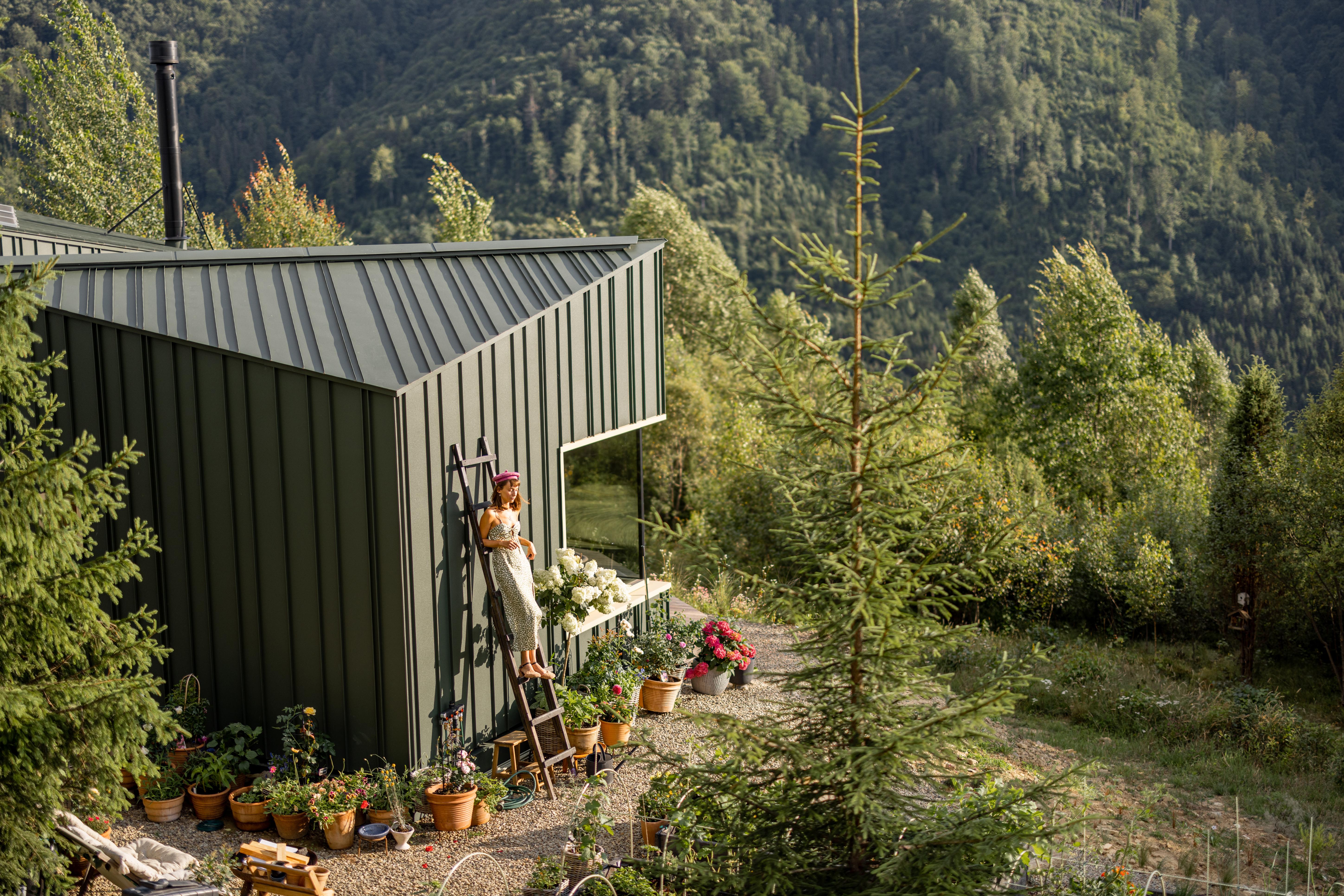
The hospitality industry is undergoing a significant transformation as travelers demand more than just greenwashing. Sustainable accommodations are now defined by their commitment to reducing waste, conserving energy, and supporting local communities. From eco-lodges that use renewable energy to urban hotels that implement comprehensive recycling programs, the options for environmentally conscious lodging are expanding. By choosing these accommodations, travelers can significantly reduce their environmental impact while supporting businesses that prioritize the planet.
3. The Role of Technology in Sustainable Travel

Technology is a powerful ally in the quest for sustainable travel. From apps that calculate and offset carbon footprints to platforms that promote sustainable destinations, technology is making it easier for travelers to make eco-friendly choices. The use of artificial intelligence and big data is optimizing travel logistics, reducing waste, and improving efficiency across the industry. Furthermore, virtual reality is offering a new dimension to travel, allowing people to explore destinations without leaving a carbon footprint.
4. Community-Based Tourism: Empowering Local Economies

Community-based tourism is gaining momentum as a sustainable travel model that benefits both travelers and local communities. By engaging with local cultures and economies, travelers can enjoy authentic experiences while contributing to the well-being of the destinations they visit. This approach not only preserves cultural heritage but also ensures that tourism revenues are distributed equitably. Through these collaborations, travelers can support conservation efforts, promote cultural exchange, and foster economic resilience in regions that rely on tourism.
5. Slow Travel: Savoring the Journey

In contrast to the fast-paced nature of modern travel, the slow travel movement encourages travelers to take their time and immerse themselves in their destinations. This approach not only reduces the carbon footprint by minimizing frequent flights and long-distance travel but also enhances the travel experience by fostering deeper connections with people and places. Slow travel emphasizes quality over quantity, encouraging travelers to explore local cultures, cuisines, and landscapes at a leisurely pace.
6. Conservation Tourism: Protecting Biodiversity
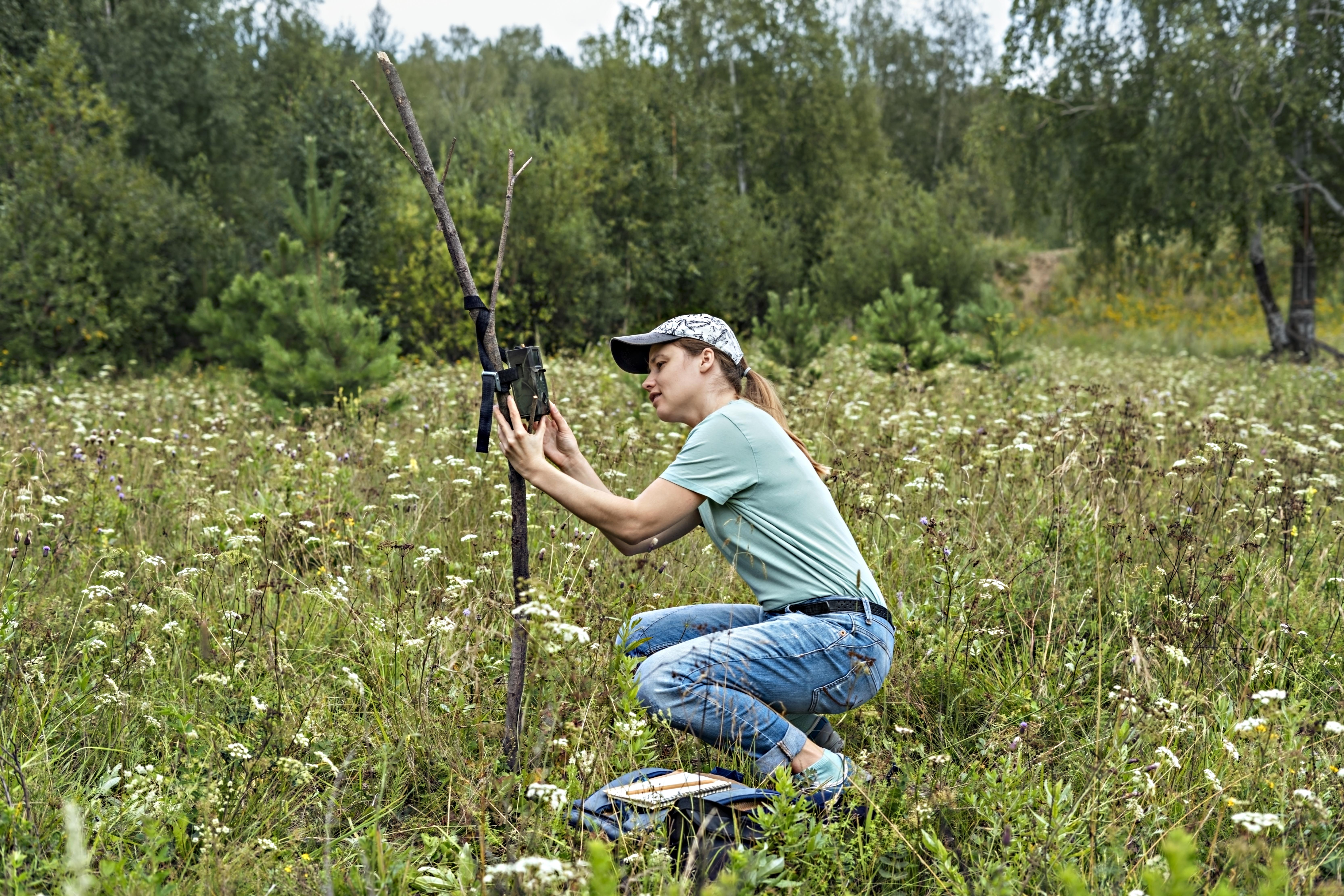
Conservation tourism is a growing segment of the travel industry that combines adventure with environmental stewardship. By participating in conservation projects, travelers can actively contribute to the preservation of biodiversity and natural habitats. This type of tourism often involves activities such as wildlife monitoring, habitat restoration, and environmental education. By supporting conservation efforts, travelers can help protect endangered species and ecosystems, ensuring that future generations can enjoy the planet's natural wonders.
7. Carbon Offsetting: Balancing the Scales

While reducing emissions is the ultimate goal, carbon offsetting provides a practical solution for mitigating the environmental impact of travel. By investing in projects that reduce carbon emissions, such as reforestation or renewable energy initiatives, travelers can offset the carbon footprint of their trips. By embracing carbon offsetting, travelers can take responsibility for their environmental impact and contribute to global sustainability efforts.
8. Regenerative Travel: Beyond Sustainability
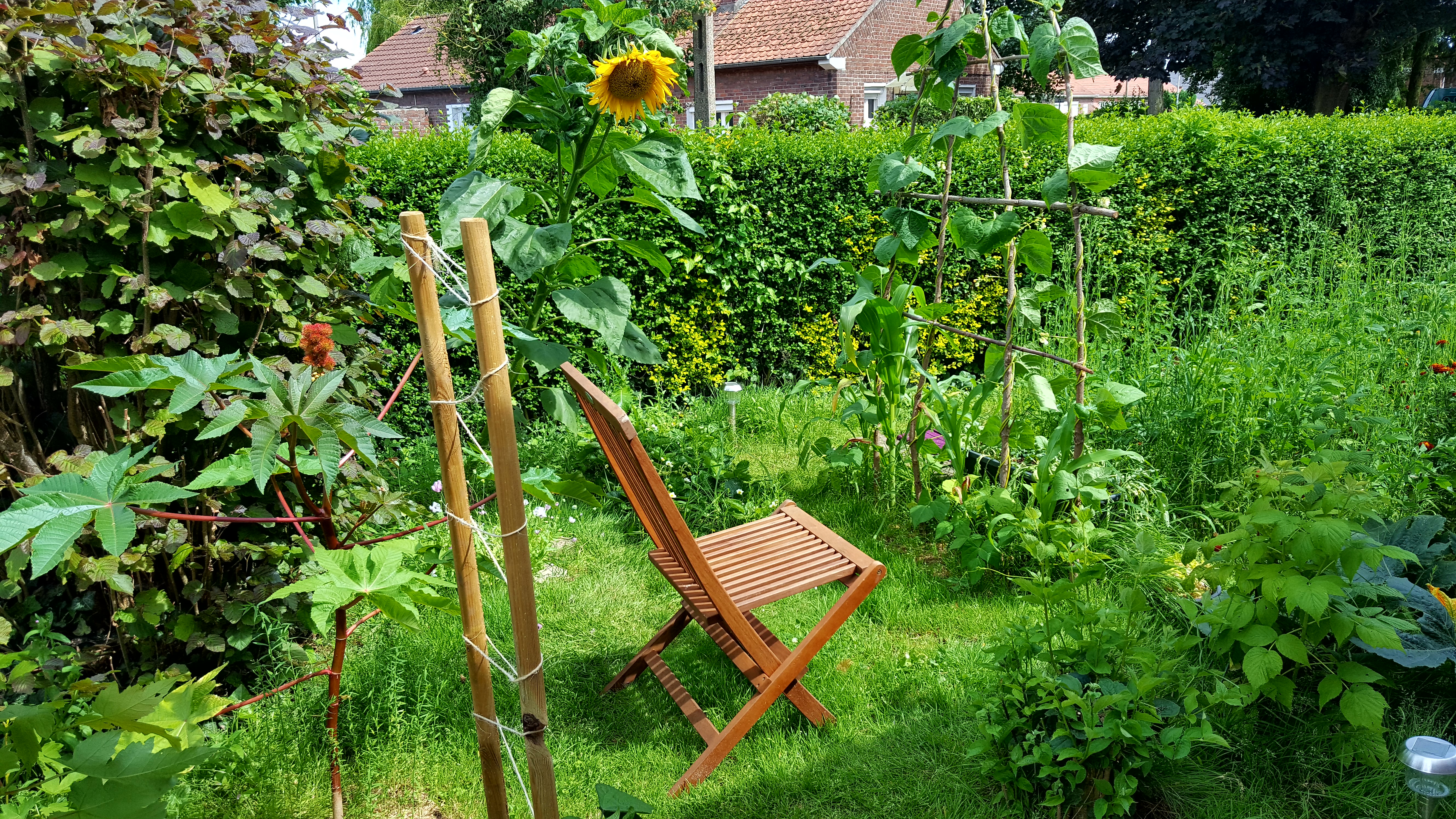
Regenerative travel goes beyond sustainability by aiming to restore and rejuvenate ecosystems and communities. This approach focuses on leaving destinations better than they were found, with a net-positive impact on the environment and society. Regenerative travel involves practices such as permaculture, habitat restoration, and community empowerment. By adopting regenerative practices, travelers can contribute to the healing and renewal of the planet, ensuring that travel becomes a force for good.
9. Sustainable Travel Policies: The Role of Governments

Governments play a crucial role in shaping the future of sustainable travel through policies and regulations. By setting standards for emissions, waste management, and resource conservation, governments can drive the adoption of sustainable practices across the travel industry. By supporting and enforcing sustainable travel policies, governments can create a framework that encourages innovation and accountability in the pursuit of a greener future.
10. The Future of Travel: Envisioning a Sustainable World

As we look to the future, the travel industry must continue to innovate and adapt to ensure sustainability. By envisioning a future where travel is both sustainable and accessible, we can create a world where exploration and conservation coexist harmoniously. The journey towards sustainable travel is one that requires collaboration, innovation, and commitment from all stakeholders.
By embracing the 10 visionary paths outlined in this article, we can create a travel industry that respects and preserves our planet's natural and cultural heritage. As travelers, we have the power to make choices that support sustainability, from selecting eco-friendly transportation and accommodations to participating in conservation efforts and offsetting our carbon footprint. By taking these steps, we can ensure that travel remains a source of joy and inspiration for generations to come, while safeguarding the well-being of our planet. Let us embrace the future with open hearts and minds, ready to explore a world that values both adventure and sustainability.



